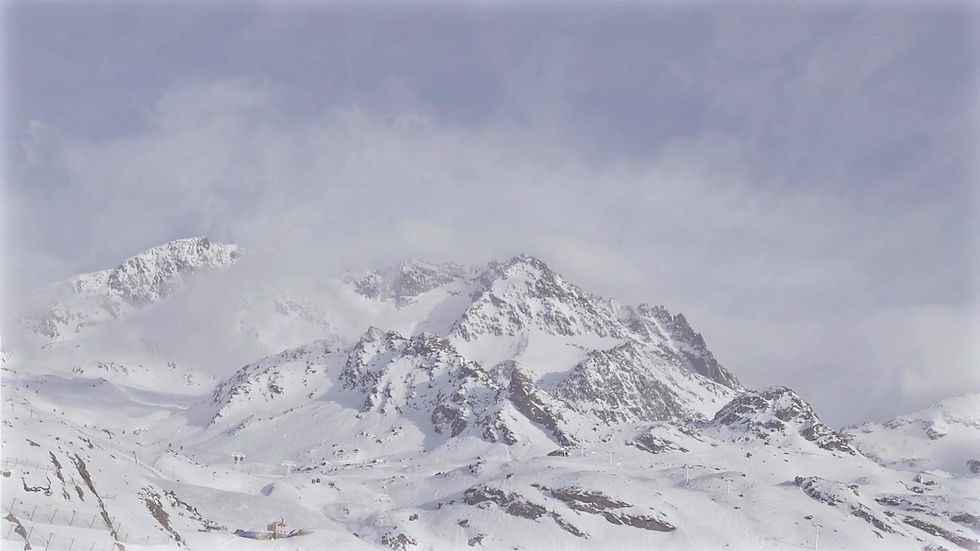SETTLEMENT STUDY : ORCHHA( MADHYA PRADESH)
- a21nidhi
- Jul 30, 2023
- 3 min read
Introduction - Orchha is a town, near city of Niwari in Niwari district of Madhya pradesh state, India. The town was established by rajput ruler Rudra Pratap Singh some time after 1501, as the seat of an eponymous former princely state of covering parts of central and north India, in the Bundelkhand region. Orchha lies on the Betwa River,80 km from Tikamgarh and 15 km from Jhansi in Uttar Pradesh.It is known for its temples and palaces which comprises of the raja ram mandir, Chaturbhuj temple , hardaul baithak, sawan bhado towers,Machhli Darwaza Market Lane, and the Laxmi Narayan temple.
Machhli Darwaza Market Lane
Overall plan

The Macchli Darwaza historically a watchtower and an entrance to the Grand City Palace Bridge. As its utility it acted as an exterior entry point for the complex so as for the Raja Ram Darbar Temple Complex. In today’s time the Machhli Dvaar marks the beginning of the exterior market lane extending along the West to East axis till the City Palace Complex. This pathway that connects the Raja Ram Temple Complex to the recently built concrete road and Palace Complex, becomes the entry funnel to afford a lot of activities including the influx of pilgrims and tourists. Market in its own has its distinct characteristic knowing it provides for pilgrims and tourists, along with a slowly drifting local population that inhabits different parts of the streets throughout the day in their various undertakings; giving rise to an interesting confluence of guesthouses and shop spaces meant to cater the temple needs like the sweet sellers and florists. Influx of people from this active site calls for a temporal type of shops, which includes mostly toy and souvenir set ups.
Extending a little further across the concretised road is another market space that shares itself with the government building of the panchayats. The existence of Panchayats, and frequent visits from the state officials, we see an engagement of people from across Orchha. Although this market lane serves as a street for food and rest, it doesn’t see much of the population occupying the street. For which we can partly consider the gating of the street ingress, that makes the street look much non approachable except for the tourists who use it to access the City Palace.
On influence of two important axes (one from West to East and another one North to South) allows for a specific negotiation of the population that travels through the Orchha Town from the outer Concretized road, the Market lane that runs throughout the temple complex, along with the different vernacular residential/market spaces.
The Language of building structures here allows for a certain dynamic growth that keeps flowing through the fabric of this space. It’s particularly intriguing to look at how some of the shops and housing have no real distinction but run into each other knowing through much of the dialogues with the local business owners who organically started growing their ventures from their housing spaces. There are examples of fairly new cuboidal structures in the built that blend with the already existing vernacular structures; which can be identified in the inside of these buildings where we see arched or sloping ceilings.
The in between spaces of these structures and the pathways, where the interaction of different spheres of people, animals with the built happens, in turn give rise to a lot of temporal structures like the phool wala baskets, malai milk shops setting up their stoves on the edges, shopkeepers setting up tables for the customers sitting on chairs and some hanging out along it. The claiming of spaces keeps changing throughout the day as different people occupy the same spaces.
This Machhli Darwaza Market lane occupying its position along the major spine of the Orchha Town, and existing along some of the important sites of the location suggests how we can view the city through the interactions that happen in this space and how is it able to direct and attract people through just the mere existence of it.

The section cuts through the dense market cluster with shops lining both the sides of the street. The street from Ram Raja Temple flows into the Machhli Gate, which opens to the extended market.

The section cuts through the eateries on the left, passing through the road and extends to the Grahak Panchayat office. The road here leads to the bridge of the Orchha Fort.

This section cuts through the bridge that joins the market area to the Orchha Fort. It cuts through a small dam on the left and the bridge in the middle. The Orchha Fort wall and Raja Mahal are visible in elevation.

This long transect cuts through the Machhli Gate, the dense cluster of shops, the main spine road, to the Grahak Panachyat office leading to the bridge that connects to the Orchha Fort.
NARRATIVE DRAWING:















Comments